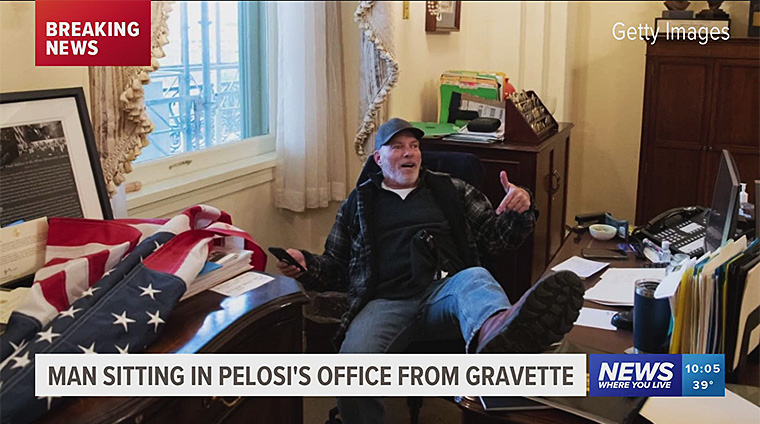
The recent events at the nation’s capital are receiving, deservedly, a great deal of attention. The role of the President is being widely discussed, as instigator, incendiary and inciter of the mob that broke into the Capitol Building, broke windows and ransacked the offices of The Speaker of the House. In tones that remind one more of religious matters rather than matters of state, the event is being framed as the desecration of a sacred space, an act against the Temple of Democracy, not just simple vandalism.
The behavior of a mob was the subject of a book by Elias Canetti, winner of the 1981 Nobel Prize for literature, entitled Crowds and Power. In his book, Canetti defines the varying nature of crowds, their behavior and evolution. He begins his study by noting that people generally avoid touching or being too close to each other when strangers, but that as part of what he calls the “Open Crowd,” exactly the opposite occurs. Close proximity in an Open Crowd, a crowd that has no limits to its expansion, releases inhibitions about proximity; Canetti does not explore what we now know about the release of endorphins and other hormones that affect behavior.
The behavior of an Open Crowd evolves, and inevitably reaches what Canetti calls “The Discharge,” the moment of crowd unity. The distinctions of rank, status and property dissolve with individuality, and the mob takes on a collective character. In this atmosphere, the next phase is often “Destructiveness.” “The crowd particularly likes destroying houses and objects: breakable objects like windowpanes, mirrors, pictures and crockery; and people tend to think that it is the fragility of these objects which stimulates the destructiveness of the crowd,” he writes. “The destruction of representational images is the destruction of a hierarchy which is no longer recognized…an attack on all boundaries.”
There are various other types of crowds, Canetti notes, such as crowds within enclosed spaces such as auditoriums, churches and stadiums, but the character of the Open Crowd is the subject of our current national discussion. Open Crowds, according to Canetti, display four basic attributes: (1) The crowd always wants to grow; (2) Within the crowd there is equality; (3) The crowd loves density; and (4) The crowd needs direction. The crowd that stormed the capitol displayed all these attributes, plus meets the criteria Canetti calls “Baiting,” which he notes is when a crowd “is out for killing and knows whom it wants to kill.” We don’t know if The Speaker of the House, Nancy Pelosi would have been killed had the House chamber been invaded quicker than it was, but it’s possible. As it was, the only death was that of a member of the crowd.
Desecration was the rule; papers strewn, graffiti spread, MAGA hats on statues of historic figures, and of course selfies, like the one of an insurrectionist with his booted foot unceremoniously plopped atop Nancy Pelosi’s desk. All this represents classic forms of iconoclastic behavior, the destruction or defacing of images and objects representing power.
Just as the noses on Greek statues were systematically broken off in displays of iconoclasmic behavior, so too the looting of and defacing of the Capitol betray age old habits of mobs and crowds. In this way, what happened this week can be viewed in its historical context of insurrection. Trump has spent his presidency breaking the noses of the establishment, setting the stage for what has happened. His example set the tone for all that’s followed.
Larry,
Well said! The crowd did conform to the four basic attributes that you noted from Canetti’s book, and they clearly acted out Donald Trump’s anti-elitist rhetoric (although he seemed to indicate in his preparatory pep talk that he would be with them in more than just spirt and instead hung back in the safety of the White House). I am guessing that you have already learned that there were in fact more deaths, three people in the crowd outside the Capitol and just today, a Capitol police officer.
Crazy times, Mike Basta